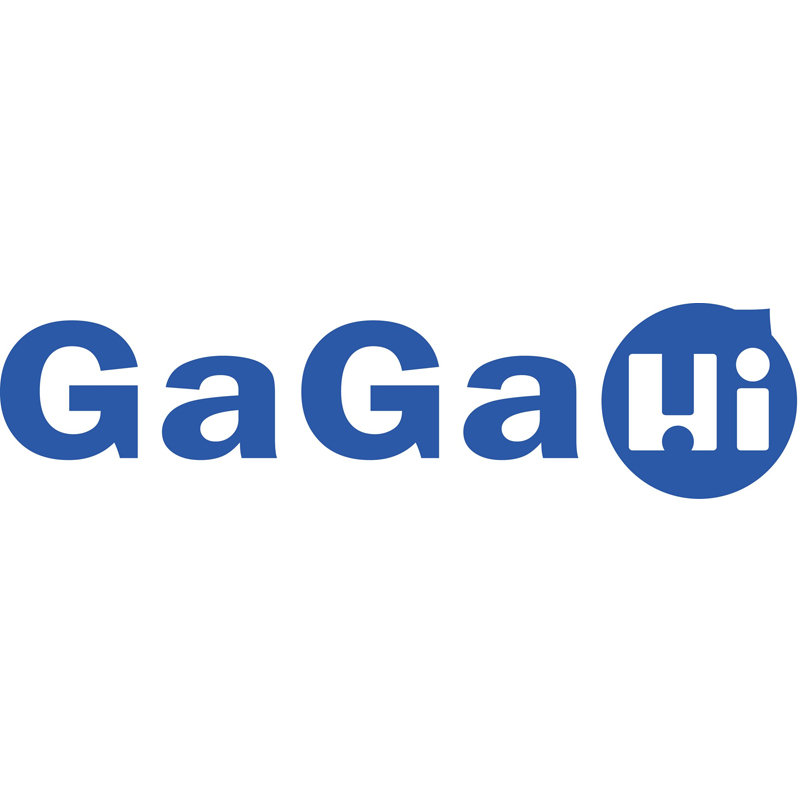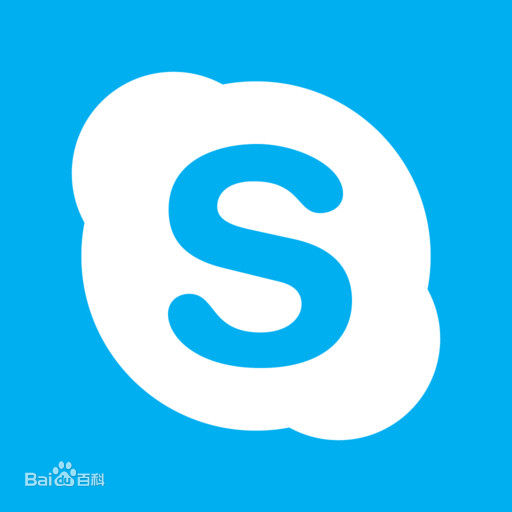Standard Packaging Terms
Base:
The bottom piece of the package that typically contains items
Blank:
A chipboard piece that has been cut to size, scored, and corners removed so the piece will form a component when folded.
Bleed:
An area of ink or color that extends past the perimeter of the area to be printed.
C1S/C2S:
Terms that refer to mill coated paper. C1S indicates the paper is coated on one side only, C2S is coated on both sides.
Chipboard:
The basic structural material from which the package is constructed. It is primarily comprised of recycled fibers and can be specified in a wide array of calipers, finishes, and several standard dyed colors.
Coating(s):
Protective finishes applied to paper. Some paper is manufactured at the mill already coated on one or both sides providing a smooth, finished appearance. There are additional coatings which can be applied over printed sheets to provide further protection of the surface. They are:
Film Lamination is a separate sheet of material, usually nylon, polyester or acrylic applied to the sheet. This coating provides the best protection for the printing, is available in a variety of finishes, is extremely durable, and is applied to the entire sheet.
UV (Ultraviolet) Coating is applied to the sheet in liquid form and cured under UV light. It shares many of the appearance attributes of film lamination but is not as durable. It is also available in a variety of finishes and can be applied to specific areas of the sheet, referred to as "spot UV".
Aqueous Coating is a water based coating applied to the sheet in liquid form that provides a very smooth finish and good protection for the printing. It is available in a variety of finishes and is applied to the entire sheet.
Varnish is a petroleum based coating applied to the sheet in liquid form that provides a smooth finish and generally adequate protection for the printing. It is available in a variety of finishes and can be applied to specific areas of the sheet, referred to as "spot varnish".
We will assist you in selecting and specifying the best paper(s) and/or coating to achieve your desired appearance as well as protection for your packaging
Combination Stamp:
A hot stamp that applies color and raises (embosses) the colored area simultaneously.
Debossing:
Depressing the surface, or a portion of the surface of paper. A process similar to embossing but where the design is impressed into the surface of the sheet or component.
Die Line(Layout):
Terms that refer to a mechanical drawing of a wrap or component showing all events such as folds, creases cuts perforations and bleed(s).
Embossing:
Raising the surface, or a portion of the surface of paper. Embossing can be applied to the entire sheet in a variety of patterns, for example textiles, leather and wood. Embossing can also be applied to the sheet in specific designs, such as a logo or text, without the use of pigments. This is referred to as Blind Embossing.
Flange:
The portion of a blank that forms the sides or ends of the component, giving it depth when folded upright. It is also referred to as the rim.
Flap:
Any portion of a construction that hinges to an adjacent component such as a flap lid, which is a flat piece of board, wrapped and hinged to a base.
Flat Stamp:
A hot stamp that applies only color to the surface of the paper.
Flush Fit:
A term that refers to a base and cover having the same length and width, creating smooth sides where the cover rim does not extend past the outside perimeter of the base.
Hinge:
A component that attaches two pieces of the package together but allows movement of one or both pieces along it axis. For example a lid may be hinged to a base. Hinges are constructed in a
variety of methods or can be a separate component.
Hot Stamp:
A process by which metallic or colored foil is transferred to the surface of paper by a heated die or plate.
Insert:
Any component placed or adhered into a construction that prevents movement and/or provides separation of the packaged piece(s). Inserts can be formed from soft or rigid foam, chipboard, and plastic.
Lid (Cover):
The top piece of the package that covers the items and/or the base.
Loose Wrap:
A process in which only the edges of the wrap are adhered to the base and/or cover, creating envelope folds at the corners. Loose wrapping most closely approximates a hand wrapped appearance, such as in gift wrapping.
Neck:
A tray which fits into a base and extends past the upper rim to provide an alignment surface for a flush fit lid.
Platform:
A chipboard piece that elevates the item(s) within the base. Platforms may be die cut to prevent movement of items.
Proof:
Any method of testing and verifying artwork prior to production of plates, dies and tooling.
Score:
A groove cut into, but not all the way through chipboard, along which the board is folded.
Set Up Box(Rigid Box)
A box that is manufactured and shipped in its final configuration, ready for use without further unfolding or assembly by the end user.
Slipcase: An open ended case into which book(s) or other printed materials are inserted.
Spine: The back of a bound book or the narrow back of a slipcase.
Stay(Stay Tape): A reinforcing tape applied to the corners of a component.
Telescope: A term that refers to a lid that fits over a base or "telescopes". A full telescope box is one in which the base and cover depth are the same.
Tright Wrap: A process in which the entire surface of a wrap is coated with glue and adhered to the base and/or cover.
Tray: A base with no lid.
Wrap(Label): A sheet of material used to overwrap the chipboard base and/or cover such as paper or fabric.






